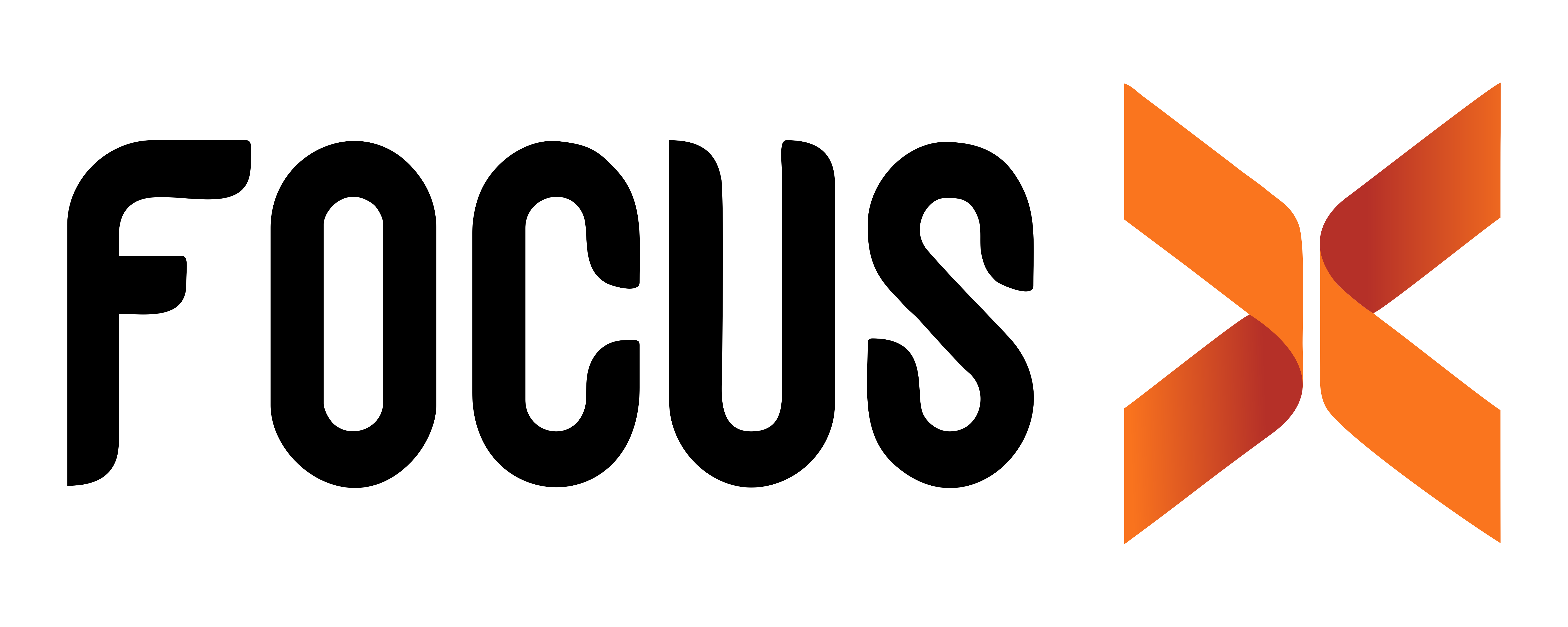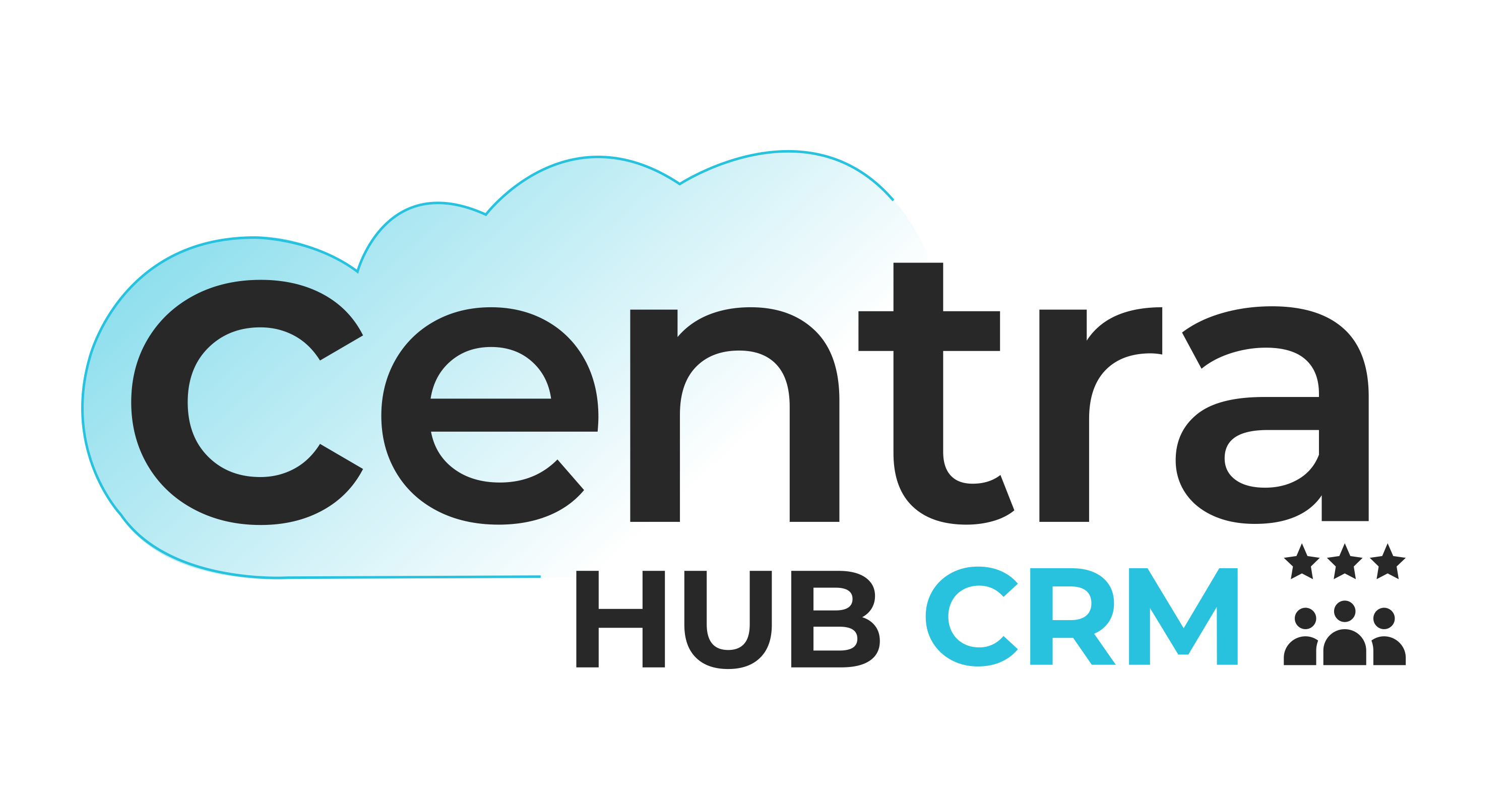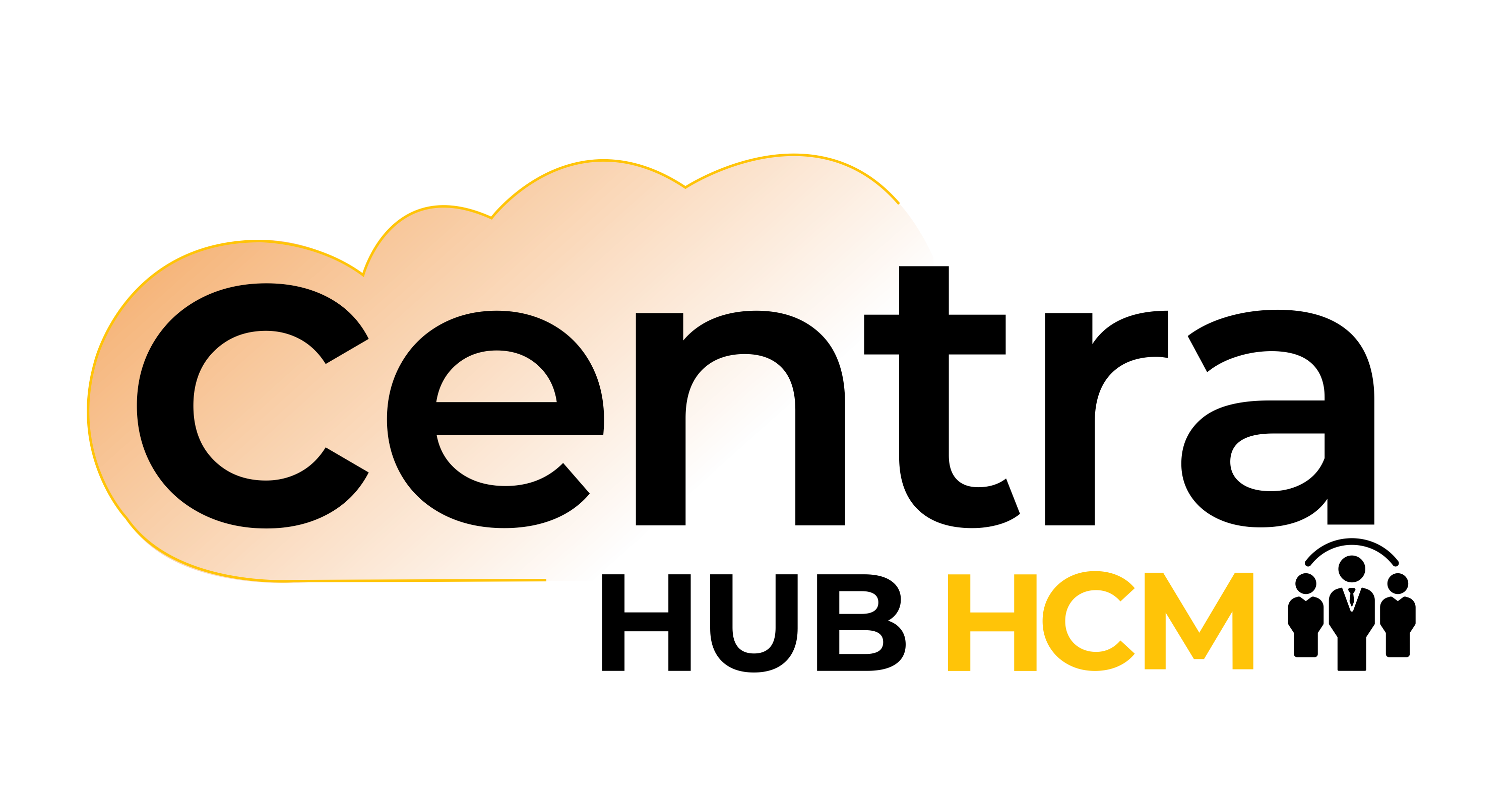Defining the ROI of ERP Implementation and TCO
ROI of ERP measures the financial return an organization can expect from its investment in an ERP system. It assesses how effectively the ERP implementation can generate cost savings, revenue growth, and other tangible and intangible benefits over time.
TCO evaluates all direct and indirect costs related to purchasing and implementing the ERP over its lifetime. This provides a comprehensive view of the investment needed for budgeting purposes.
Key Factors to Consider for ERP System’s ROI Calculation
Cost savings from process improvements
One of the primary drivers of ERP ROI calculation is the potential cost savings resulting from process improvements. CFOs need to identify areas where the ERP system can eliminate redundant tasks, automate processes, and reduce manual labor. Streamlined operations lead to increased efficiency, reduced operational costs, and optimized resource allocation, thereby positively impacting the overall ROI.
Increased operational efficiency
ERP systems streamline and standardize business processes, leading to faster cycle times, reduced lead times, and increased productivity. Improved operational efficiency allows organizations to respond more effectively to customer demands and market changes. CFOs must assess the ERP system's ability to optimize resource utilization and measure the impact of increased operational efficiency on the ROI.
Enhanced decision-making and business insights
Data-driven decision-making is a crucial advantage of ERP systems. Real-time access to accurate and relevant data empowers executives to make informed decisions promptly. CFOs should consider the potential financial impact of improved decision-making across various departments, which can lead to better financial outcomes, reduced risks, and greater profitability.
Impact on customer experience and satisfaction
ERP systems can significantly impact customer experience and satisfaction. By providing seamless access to customer data and enhancing customer service processes, businesses can strengthen customer relationships, improve loyalty, and ultimately drive revenue growth. CFOs should evaluate the potential revenue impact of enhanced customer satisfaction due to the ERP implementation.
Competitive advantage and market positioning
An advanced ERP system can provide organizations with a competitive advantage by enabling them to respond quickly to market changes and customer demands. This adaptability can lead to increased market share, new business opportunities, and better positioning within the industry. CFOs must analyze the potential financial gains from having a competitive edge through ERP adoption.
Initial investment and implementation costs
CFOs should carefully assess the initial investment and implementation costs associated with the ERP system. This includes software licensing, hardware, implementation services, customization, and training expenses. An accurate understanding of the upfront costs is vital to calculate the payback period and determine how soon the ERP investment will generate positive returns.
Ongoing maintenance and support fees
Beyond the initial investment, ERP systems incur ongoing maintenance and technical support expenses. CFOs must evaluate the recurring costs associated with system updates, bug fixes, and technical assistance to gauge the long-term financial impact of ERP ownership.
Training and change management
Effective user training and change management are critical for successful ERP adoption. CFOs should account for the costs involved in providing comprehensive training to employees and managing organizational changes during and after implementation. Well-trained employees can maximize the ERP system's benefits and contribute to its success.
Integration with existing systems
In many cases, ERP systems need to integrate with existing applications and legacy systems. CFOs should consider the costs of integration and data migration to ensure seamless communication between the ERP system and other essential business tools.
Hardware and infrastructure requirements
Hosting an ERP system may require investments in hardware and infrastructure, including servers, network equipment, and data storage. CFOs need to evaluate these hardware requirements and associated costs to assess the TCO accurately.

Evaluating Total Cost of Ownership (TCO)
Components of ERP TCO
Software licensing and implementation costs
Consider the upfront costs for purchasing ERP software licenses, implementation services, and necessary customizations.
Maintenance and support fees
Evaluate the recurring expenses for system maintenance, updates, and ongoing technical support.
Training and change management
Account for the costs associated with training employees and managing the organizational changes during and after ERP implementation.
Hardware and infrastructure
Assess the hardware and infrastructure requirements to host the ERP system, including servers, network equipment, and data storage.
Integration and data migration
Factor in the expenses for integrating the ERP system with existing applications and migrating data from legacy systems.
Key Steps for ERP Investment Analysis
Calculate ROI
Use the data collected to estimate the potential cost savings, increased revenue, and other benefits expected from the ERP system. Divide the net benefits by the total investment to calculate the ROI.
Evaluate TCO
Include all the components of TCO and assess the long-term costs of owning and maintaining the ERP system.
Determine payback period
Divide the initial investment by the annual net cash flow to find the payback period, indicating how soon the ERP investment will break even and start generating positive returns.
Conclusion
Investing in the right ERP system can be a game-changer, empowering businesses to stay competitive. With careful ERP investment analysis and consideration of the financial impact, CFOs can confidently lead their organizations toward ERP adoption that can reap the rewards of streamlined operations, improved data-driven decision-making, and a solid foundation for future success.
At Focus Softnet, we help our client to make the most from ERP implementation. Fill in the form to talk to software experts.







